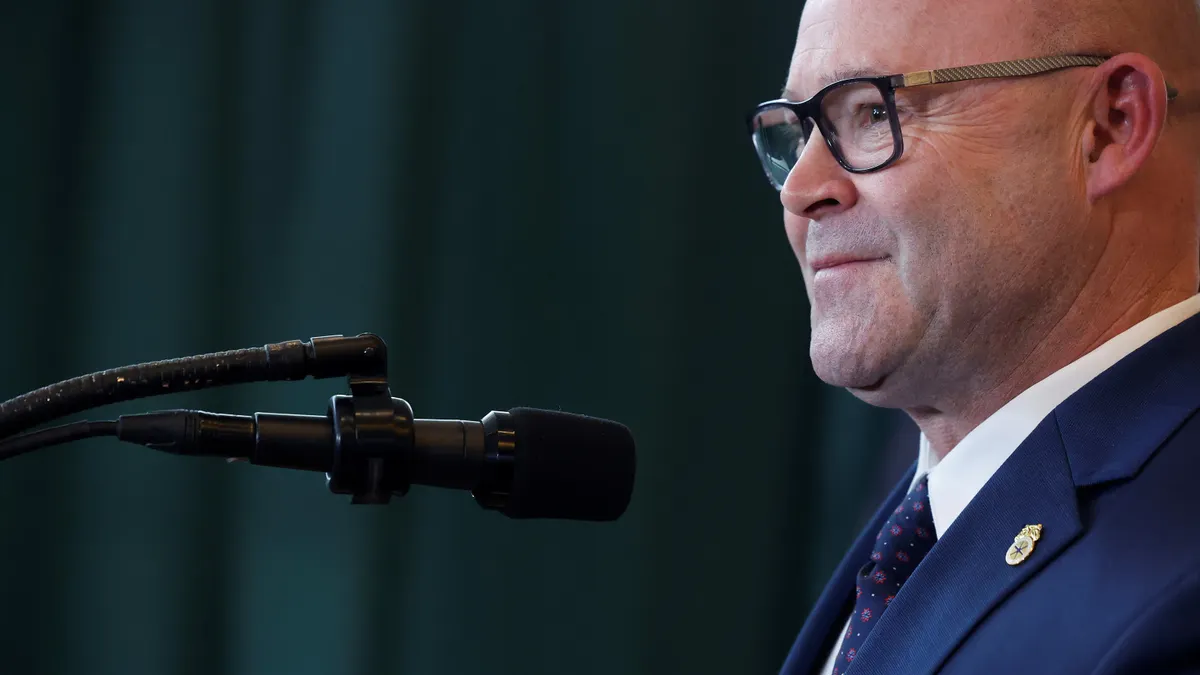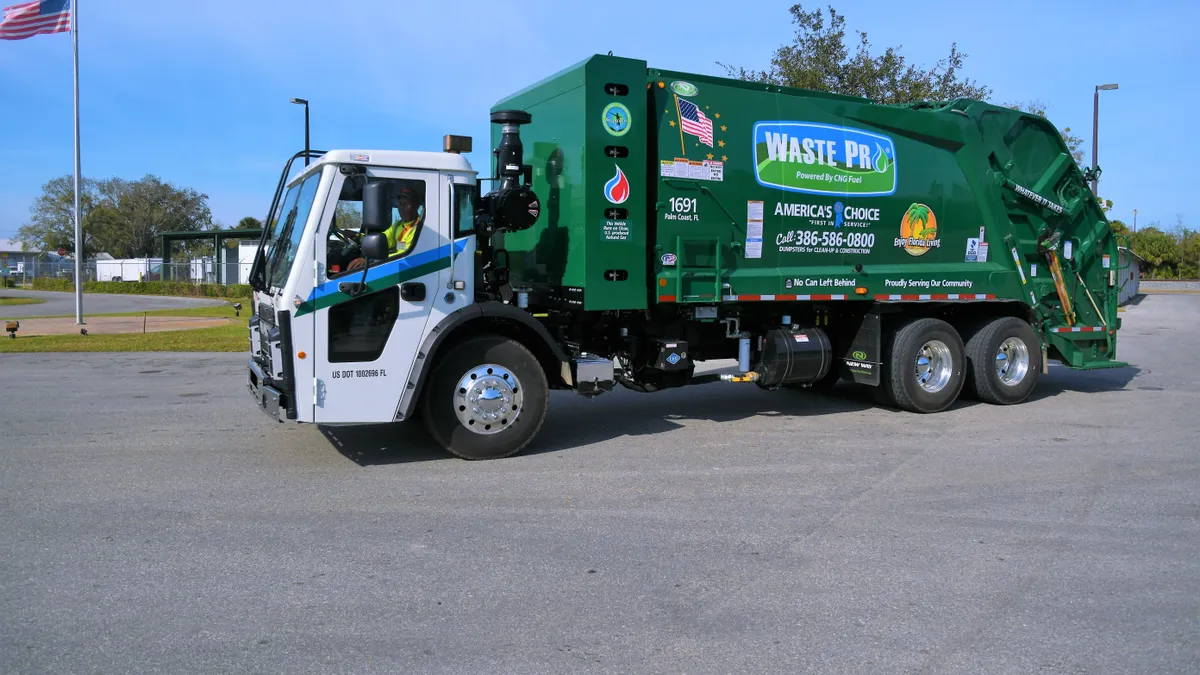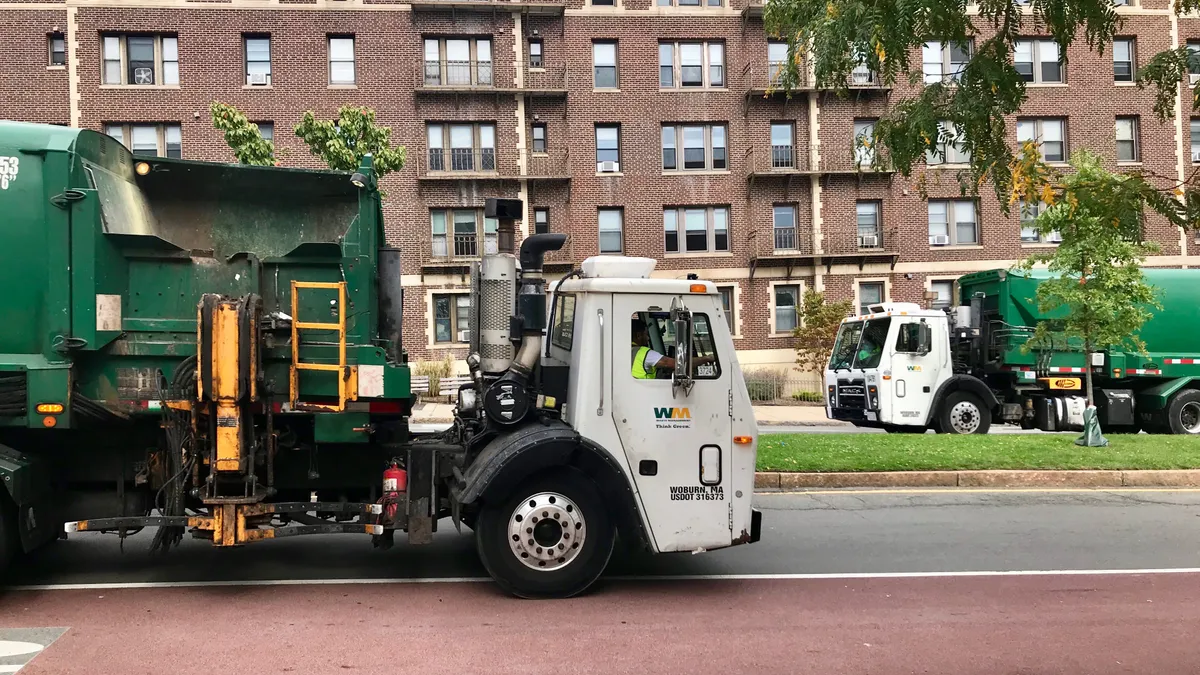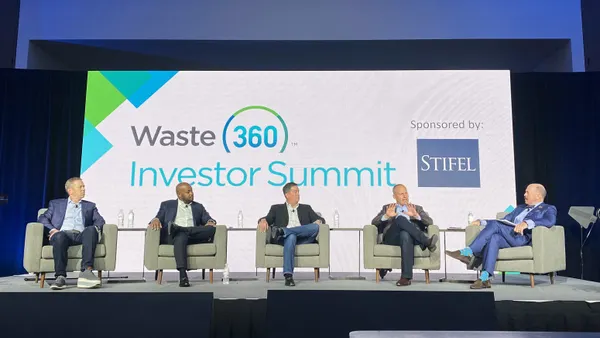Editor's Note: This story is part of a series on the multigenerational workforce. The full package is available here.
Businesses today face a unique challenge: hiring and managing a multigenerational workforce. Engaging employees at various stages of their career can be difficult, and generational differences can make it even more challenging.
What is the value of engagement? Engagement translates into more than happy employees. Employees who are not engaged are costly: one study estimates that one-third of American employees as disengaged from their work at a cost to employers of $450 to $550 billion dollars per year. In addition to low productivity, companies without engaged staffers see higher turnover; Gallup reports 56% of disengaged and 73% of actively disengaged employees look for new jobs. In today's tight talent market, that much turnover can be highly disruptive.
"The main challenge in engaging employees across generations is that generations differ in the way they approach work/life balance, loyalty, authority, and other issues that affect your organization," according to Diane Belcher, senior director, product management, at Harvard Business Publishing Corporate Learning.
The needs of each generation may be diverse, they may see rewards and recognition differently and they may take a different approach to ownership of the work. But they all have some commonalities that employers can build upon. Whatever the mix in an organization, employees need some of the basics to be engaged.
"Moving the 'diversity discussion' beyond gender and race to also discuss generational diversity — and generational inclusion — is a major theme in HR for the next few years."

Josh Bersin
Founder and principal at Bersin, Deloitte Consulting LLP
Culture
It starts with a culture that values everyone's contributions. The first step is emphasizing what everyone brings to the table and how important those contributions are.
"Managers should hear from you, HR, that all these cohorts are important and that we value them all," Josh Bersin, founder and principal at Bersin, Deloitte Consulting LLP, told HR Dive.
In each representation of your company, on your website or social media pages, assure all walks of life are visible. When a boomer sees no one but Generation Z represented on the home page, they may feel excluded. When millennials see only boomers in positions of authority, they may question their value to the organization. When the mix is right, everyone feels they are a part of the team, and that can be a first step to an engaged workforce.
Communication
Employees may have vast differences in communication styles. Millennials and younger workers may prefer texting, according to some recent surveys, while boomers may be more comfortable talking in person or by email. But the challenge is to avoid stereotyping while making your communications as widely accessible as possible, so everyone is included and on the same page. While it may take an extra step, it's worth the effort to know that no one has been left out.
"It's really valuable for leadership development, new hire training, and management development programs to give managers experience talking with young, middle-aged, and older people so they can understand how their job requirements, career aspirations, or general work needs vary," Bersin said.
Instructor-based training, online learning programs and even simulations can go a long way in helping prepare managers to avoid miscommunication.
"Remember, too, that communication is a two-way street, and organizations need to ensure they provide multiple means for employees to provide feedback," said Patrick Kulesa, global research director at Willis Towers Watson. "All generations desire involvement in decisions at work."
Recognition
Whatever their age, everyone appreciates being valued — and recognition is a good way to demonstrate that. A survey by LinkedIn revealed that 70% of employees say they would work harder if their efforts were recognized. The way they hope that appreciation will manifest may be vastly different, but it's still important to steer clear of the stereotypes that millennials want public displays of appreciation while boomers want a quiet "well done." Each employee is an individual and may have other issues at play. A Gen Z introvert may want to be recognized, but not publicly, for example.
When you do recognize employees, gauge their reaction. Are they looking uncomfortable when others are within earshot? Or do they look as though they can't wait to share? It's important to provide staffers with the feedback they need in a manner in which they can accept it.
Incentives
Providing a path to growth and opportunity is an excellent motivator and engagement tool. When employees see an organization investing in their future through training, they are more engaged and more likely to stay with the company.
Whatever type of incentives you provide, such as promotions or awards, make sure they fit the needs and desires of every range of employees. Perhaps most of your boomers are less interested in moving up the ladder (they may already be at the top), but still appreciate incentives. Younger workers may look at promotional opportunities as the top incentive for the future, but in the interim, other initiatives can help motivate them. Despite any generational preferences you may perceive, they won't always hold true. Instead, personalization is key.
Leadership and coaching
Millennials and Gen Z may be particularly interested in climbing the ranks and learning what they can contribute on the job, especially given their career stage. To that end, more employers have focused on leadership development programs that cater to building skills for any who may be interested in learning more about management.
Pushing for good communication between more experienced workers and their younger counterparts can go a long way in making these talks a more natural part of the company's culture — and help avoid any potential discontent between aspirational workers and their managers.
"Older workers have often suffered through many managers over their careers," Bersin said. "I think it's really important for younger managers to ask older employees more questions and let them discuss what type of management they like, what they liked or disliked about many of their other leaders, and use this as a chance to learn and develop their own techniques — rather than try to push themselves onto more senior people."
Where we are and who we are
While much of the conversation is framed around generational behaviors, Belcher said "it's also important to be mindful that many of these behaviors are likely tied to the stage of someone's career or their age, more than their generational characteristics." The needs of employees will evolve over time. The goal to maintain engagement is to create an environment where everyone knows they're valued in whatever role they play.
"A key point for managers to know is that the drivers of employee behavior and engagement are more similar than different across generations," Kulesa added, saying that career development in particular scores highly across the board. "There are some age-driven differences, such as retirement benefits being important to employees over 50, but our research shows more similarity than disimilarity across generations."
Belcher recommends asking boomers what they need and what they're looking for at their particular career stage, in addition to providing skills development for Gen X and personalization for millennials. “The best overall strategy is to tailor your management approach to your employees by meeting them halfway on things that are important to them overall," she said.
But, regardless of strategy, employers have a major reason to get this right, right now.
"As the birth rate in the U.S., U.K., Canada, Germany and Japan is below replacement, companies are going to need workers of all ages if they want to grow," Bersin said. "I think moving the 'diversity discussion' beyond gender and race to also discuss generational diversity — and generational inclusion — is a major theme in HR for the next few years."


















